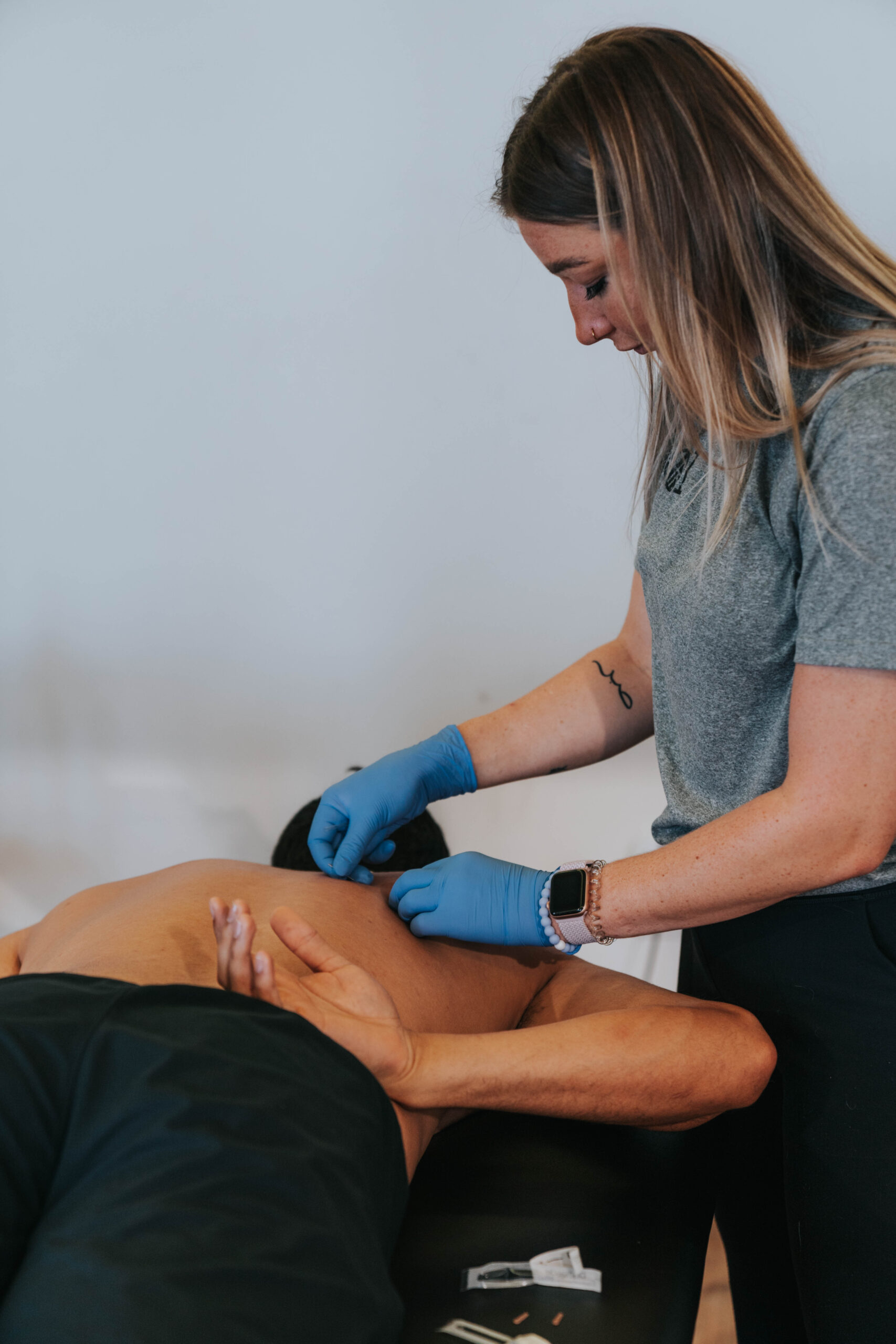You could say that dry needling is the physical therapy world’s answer to acupuncture. While dry needling is a relatively newer treatment—in use for a few decades—it is a great way for people who have muscle, ligament, or tendon pain to get relief. Dry needling is more anatomically based on treating dysfunction than acupuncture, which works with the flow of Qi. Do you think it can help you? Read on to learn more about what you should know about dry needling by a physical therapist.
What happens in a session? Your physical therapist may ask you about your medical history and any issues that have led you to seek dry needling treatment. Before the application of any needles, your provider should explain to you about certain expectations for the dry needling process including sensations and the placement of needles. During treatment, one or more micro-filament needles will be inserted into a band of tight, dysfunctional muscle tissue—also known as a muscle trigger point. The needle penetrates the skin, but nothing is injected. The treatment is aimed at releasing tension in these muscles. Details of your treatment will depend on the location of and number of needles as well as the goals of your treatment.
How does it differ from acupuncture treatment? Dry needling places more of a focus on musculoskeletal and neuromuscular conditions. There are often fewer needles used than in acupuncture sessions.
Who does the treatment? A physical therapist that is certified in dry needling treatment can help you through a dry needling session. However, certifications vary by state. Usually dry needling is done by a licensed medical professional; in addition to physical therapists, this can also include athletic trainers or chiropractors.
At ROI, we have a staff of physiotherapists that can provide clients with expert feedback, a comprehensive recovery management program, and consistent monitoring of their progress. ROI’s experts can help you with your dry needling treatment as part of a fast, optimal recovery process.
How does dry needling help with the healing process? When dry needling is applied to a trigger point, it helps to reduce the excitability of the central nervous system. In turn, this helps the muscle to release tension. The needling can also decrease tightness and pain, increase blood flow, dissolve knots, and relieve muscular pain and stiffness.
What are some other benefits? This kind of therapy can help to alleviate pain and inflammation in the body. It can also help to regulate sensory neurons, which can provide relief to your body. Patients often report relief right after treatment. Additional benefits can include more flexibility and an increased range of motion.
How can I prepare for a session? Wear wearing comfortable, loose-fitting clothing so that the treatment area can be accessed. Make sure you’re well hydrated, and let your physical therapist know about any allergies or sensitivities.
What are some effects I can expect? Aside from some pain relief and healing, there can be some other side effects from a dry needling treatment. Some of these effects include soreness, fatigue, bruising, or bleeding. However, the slight discomfort after treatment usually only lasts around 48 to 72 hours.
At ROI, our experts often will prescribe patients some instructions for activity modification, stretching, therapy exercises, or neuro-motor retraining as part of their customized treatment plan. Dry needling often is part of a bigger, holistic approach to therapy that includes other, more traditional physical therapy practices.
What are some of the issues that dry needling can alleviate? Whether you’re an athlete or not, there are many different conditions that can be helped with the aid of dry needling. Some of these include: tendinitis, knee pain, shoulder/rotator cuff pain, low back pain, neck pain, tennis elbow, hip pain, bursitis, migraines, TMJ issues, and muscle strains.
How do I know if I need it? If you’re interested in a session, you can have a comprehensive evaluation with a physical therapist to determine whether this treatment is right for you. Experts can evaluate pain patterns, posture, movement impairments, function, and orthopedics.
Where can I get dry needling done? Often, dry needling will be paired with other physical therapy techniques and exercises. Gyms and physical therapy offices are often the best places to seek this kind of treatment from professionals.
Come try ROI. ROI offers a number of different therapies that help with holistic healing and recovery. Our team is equipped to help with a number of different recovery services such as dry sauna, cold tub, cupping, and massage therapy—in addition to dry needling. All of our treatments are designed to help our clients to reach their peak performance levels.
ROI can provide one-on-one physical therapy services through an integrated approach that includes a team of strength and conditioning coaches, registered dieticians, and exercise physiologists. These experts keep the whole patient in mind.
Learn more about how dry needling can be part of your wellness and recovery journey. Reach out to ROI at 512-962-9141, or learn more about our services at ROI’s website.

